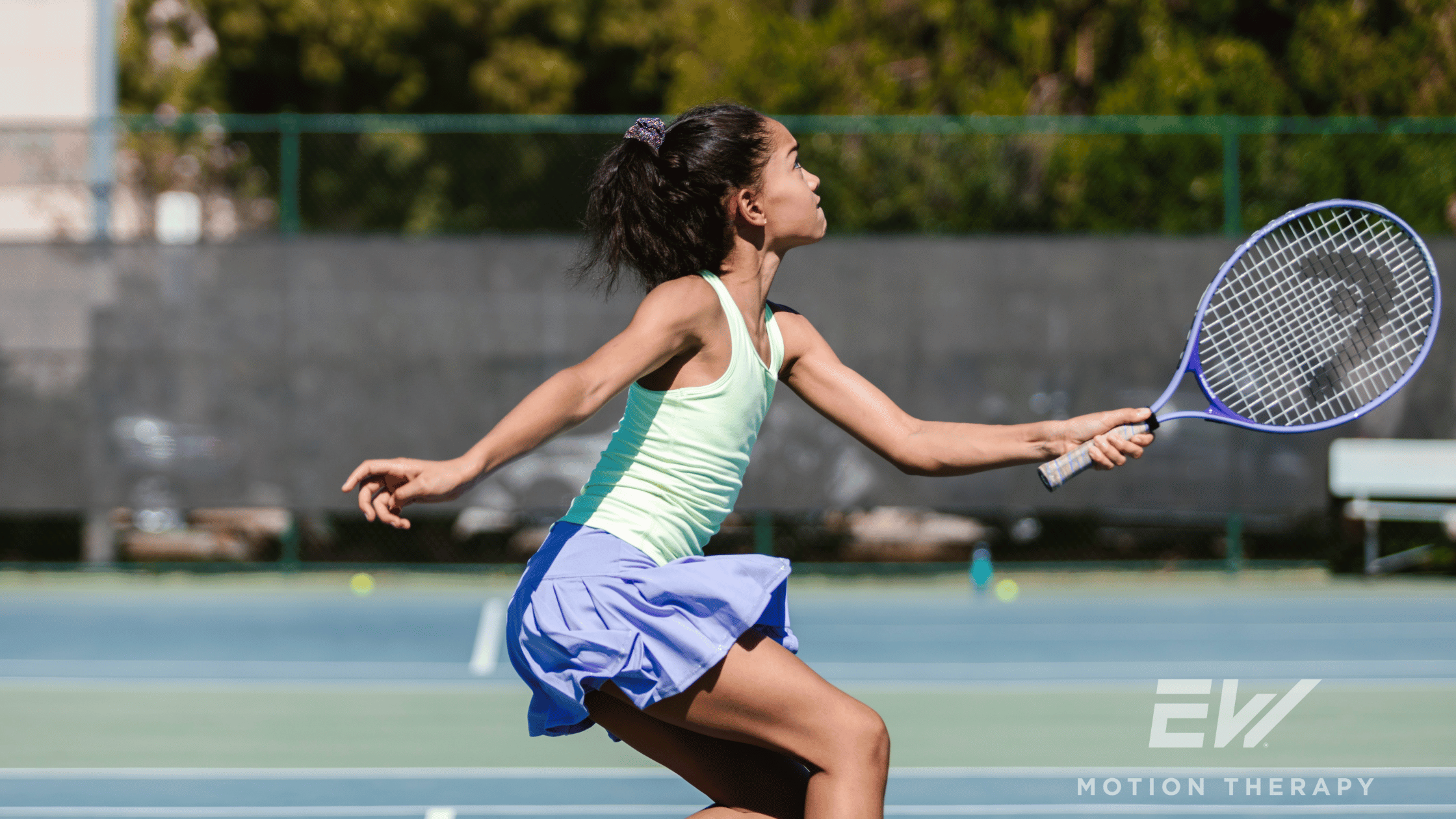Licensed Physical Therapist, PT, DPT // Herman and Wallace Pelvic Floor Level 1 Certified // EW Motion Therapy Trussville
The feeling of being overwhelmed by life is so familiar we have come up with multiple names to describe it - burning the candle at both ends, running on fumes, or in the South, you’re running around like a chicken with its head cut off. Everyone, especially athletes, deals with this feeling at some point in their life. Being an athlete is not just about excelling in your sport; it involves balancing various aspects of life, including academics and personal activities. For student-athletes, managing time between rigorous training sessions, schoolwork, and other commitments can be challenging.
Our physical therapists at EW Motion Therapy consider it a privilege to be part of any athlete’s support system, as we help keep their bodies ready for the demands of their sport. Even if you decide that our services don’t fit your needs, you can still read this article as we discuss how athletes can balance their sport with school and other activities, the dangers of overdoing it, warning signs of burnout, and the importance of a robust support system.
The balance challenge
Balancing sports with academic and personal responsibilities can be daunting for many athletes, especially students. The demands of training and competition, coupled with the need to maintain good grades and participate in social activities, create a hectic schedule. This balance is crucial for overall well-being and success in both athletics and academics.
It can be easy for athletes to over-commit. The drive to excel in sports often pushes athletes to dedicate significant time and energy to training and competitions. However, this can lead to a lack of time for schoolwork, family, and social activities, resulting in a lopsided life. Overcommitting can also lead to physical and mental exhaustion, impacting performance in both sports and academics.
Warning signs of overdoing it
Recognizing the signs of overdoing it is essential for athletes to maintain a healthy balance. Ignoring these signs can lead to burnout, injuries, and declining performance and academic achievements. Here are some warning signs that an athlete might be overdoing it:
Physical symptoms
- Chronic fatigue: Feeling constantly tired, even after adequate rest, can indicate overtraining.
- Frequent injuries: Not allowing the body enough time to heal can result in repeated injuries or prolonged recovery.
- Sleep disturbances: Trouble falling or staying asleep or feeling unrefreshed after sleep can indicate overexertion.
- Worsening academic performance: If an athlete’s grades begin to slip, they start missing deadlines, or they cannot focus in class, it may be a sign of a deeper imbalance.
Mental and emotional symptoms
- Increased stress: Persistent stress and anxiety about balancing responsibilities can lead to burnout.
- Lack of motivation: A sudden drop in enthusiasm for training, competitions, or schoolwork can indicate mental fatigue.
- Mood swings: Irritability, moodiness, and a general feeling of being overwhelmed can be signs of overcommitment.
Building a solid support system
A well-rounded support system is vital for athletes to balance their sport with other responsibilities successfully. This support system should include coaches, teachers, parents, and physical therapists, each playing a crucial role in the athlete's life.
Coaches
Coaches are often the primary source of guidance and motivation for athletes. They can help create balanced training schedules that allow time for academics and recovery. Open communication with coaches about academic commitments and personal needs ensures they can adjust training plans to avoid overtraining. The best coaches create a healthy environment with their athletes, emphasizing their approachability and willingness to help and support them in any area of life.
Teachers
Teachers can provide academic support and understand the athlete's commitments outside the classroom. Developing good relationships with teachers can lead to flexible deadlines and extra help when needed. Teachers can also offer valuable advice on time management and study techniques.
Parents
Parents play a crucial role in providing emotional and logistical support. They can help manage schedules, ensure proper nutrition, and encourage rest and recovery. Parents should also be attentive to signs of burnout and stress, providing a nurturing environment for the athlete to thrive academically and athletically.
Physical therapists
Physical therapists are essential for maintaining the athlete's physical health. They can help prevent and treat injuries, offer recovery strategies, and advise on proper training techniques. Regular check-ins with a physical therapist ensure athletes stay in peak condition without overexerting themselves.
Strategies for balancing sport and academics
Maintaining a healthy balance requires effective time management and prioritization. Here are some strategies that athletes can use to manage their busy schedules:
Create a schedule
Time management is an essential life skill for athletes and anyone with a busy life. Developing a detailed schedule that includes time for training, schoolwork, rest, and social activities is crucial. Planners or digital calendars can help athletes stay organized and allocate adequate time for each activity.
Prioritize tasks
Prioritizing tasks based on importance and deadlines helps manage time more effectively. Athletes should focus on completing high-priority assignments and training sessions first, leaving room for other activities.
Set realistic goals
Setting achievable goals for both sports and academics keeps athletes motivated and focused. Considering the athlete’s overall workload, these goals should be specific, measurable, and realistic.
Communicate effectively
Open communication with coaches, teachers, and parents about commitments and challenges helps ensure support and understanding. Being honest about workload and stress levels allows these key supporters to assist.
Take breaks and rest
Regular breaks and rest periods are vital for preventing burnout. Athletes should ensure they have time for relaxation and activities that they enjoy outside of sports and school.
Balancing sports with school and other activities is challenging but essential for athletes. By recognizing the risks of overcommitting, being aware of warning signs, and building a solid support system, athletes can manage their responsibilities effectively. Coaches, teachers, parents, and physical therapists support the athlete's journey. With the right strategies and support, athletes can excel on the field and in the classroom, leading to a well-rounded and fulfilling life. Our ultimate goal for all of our athletes at EW Motion Therapy is to help them thrive in every area of life. To learn more about what physical therapy might cost you, click the button below to download our free pricing guide.



